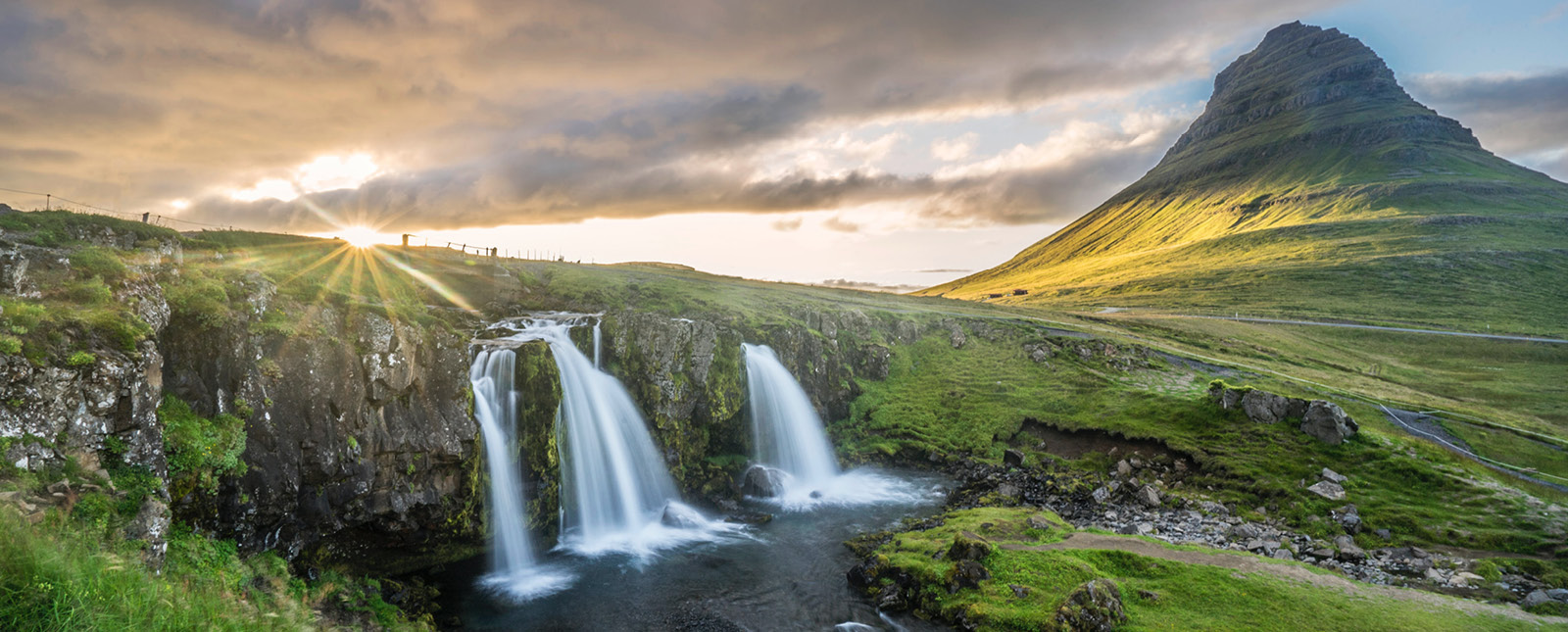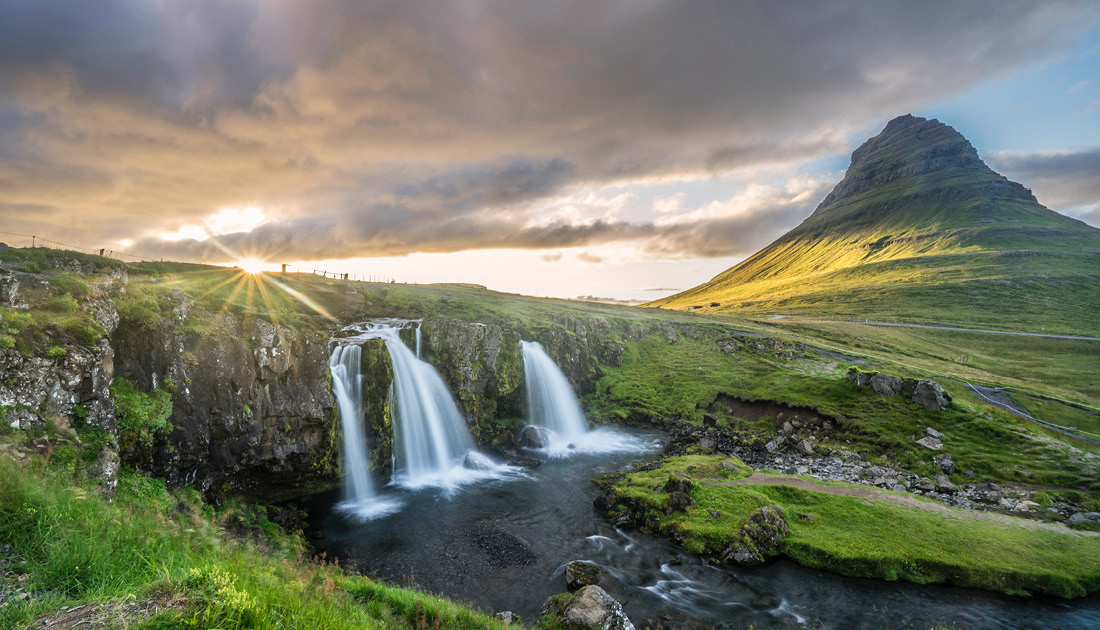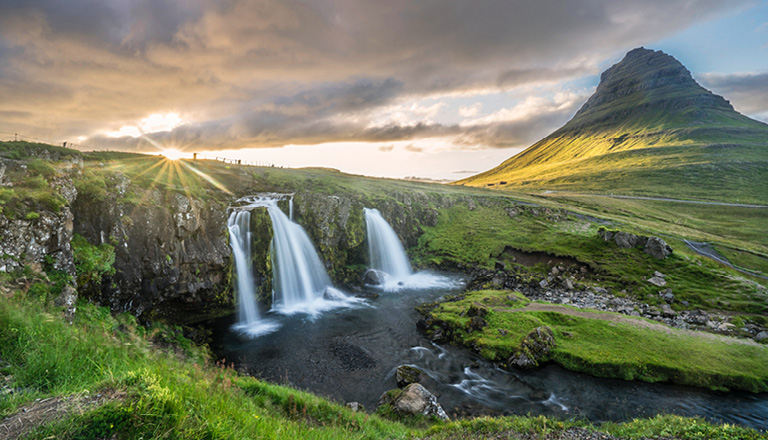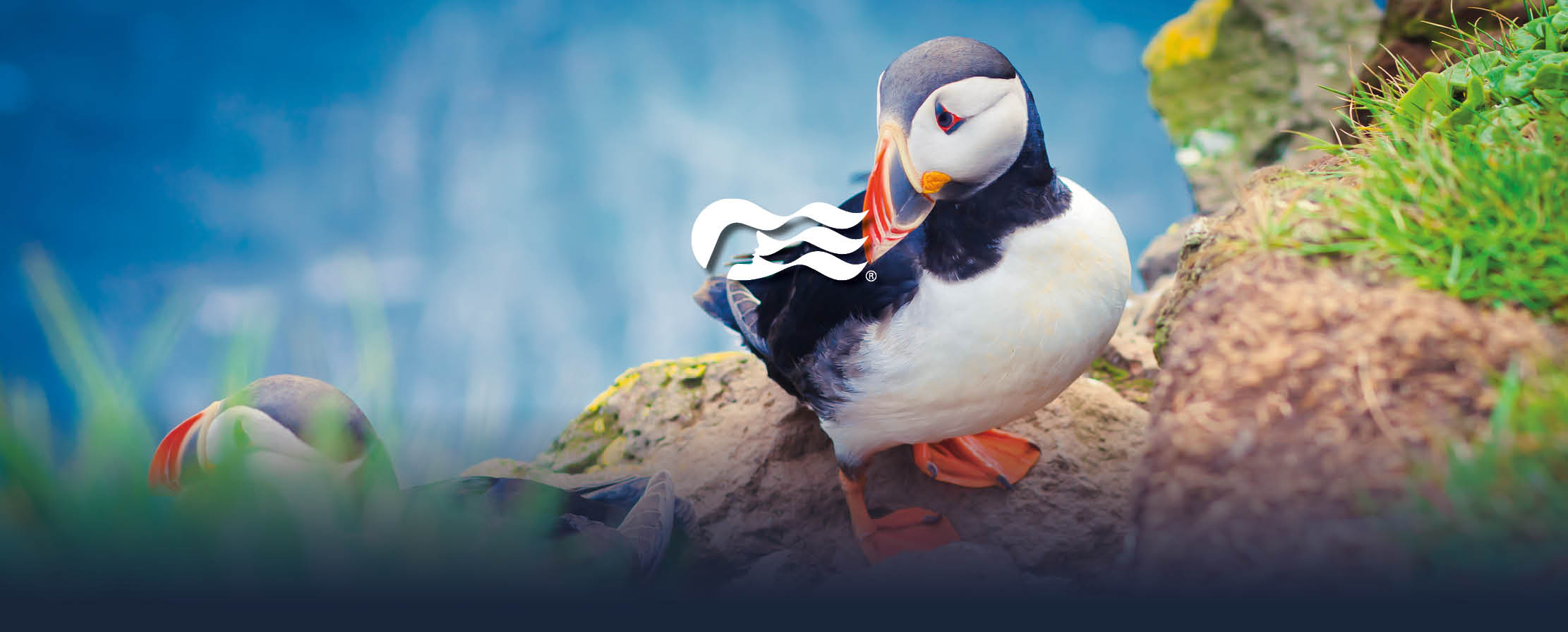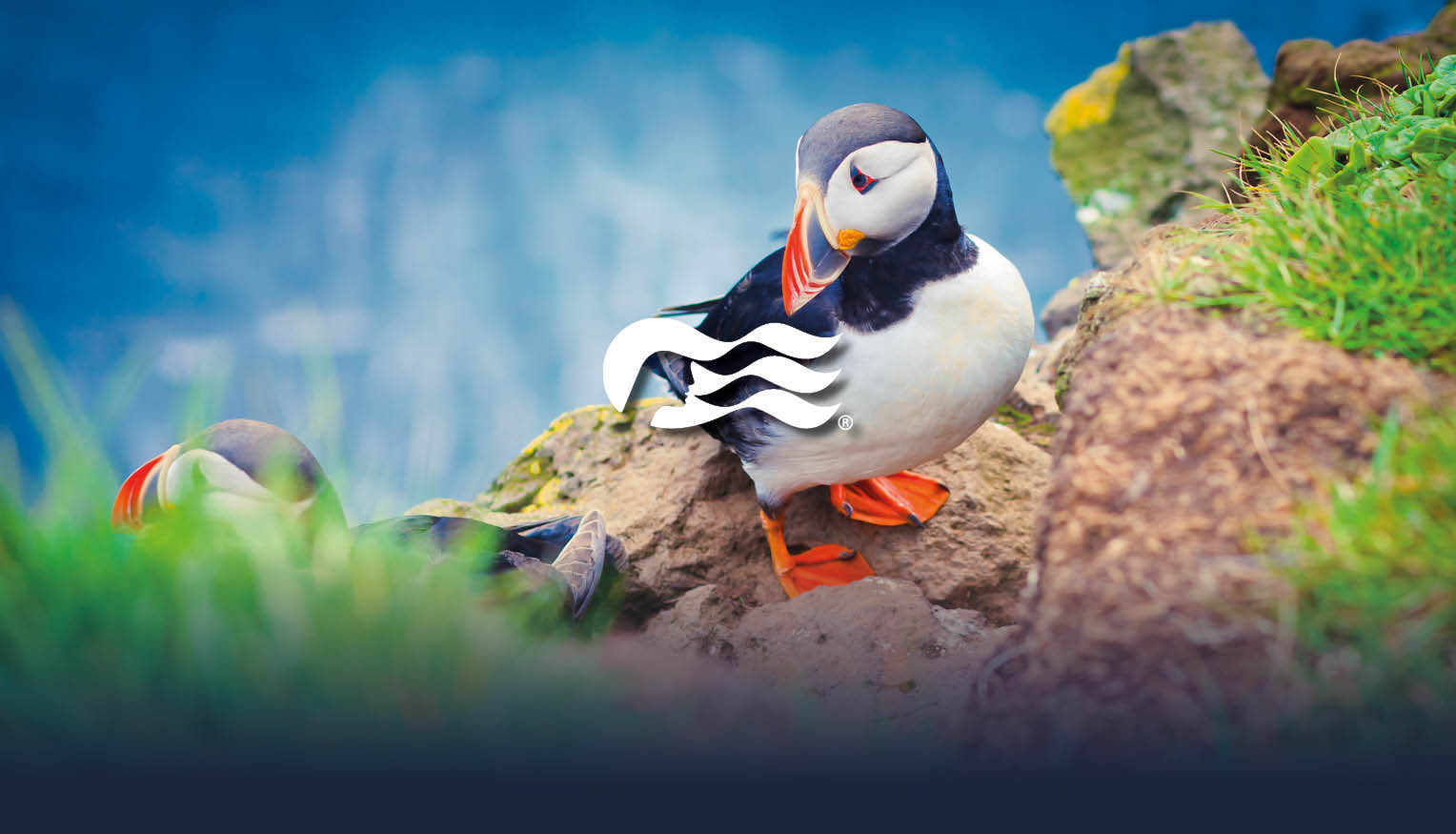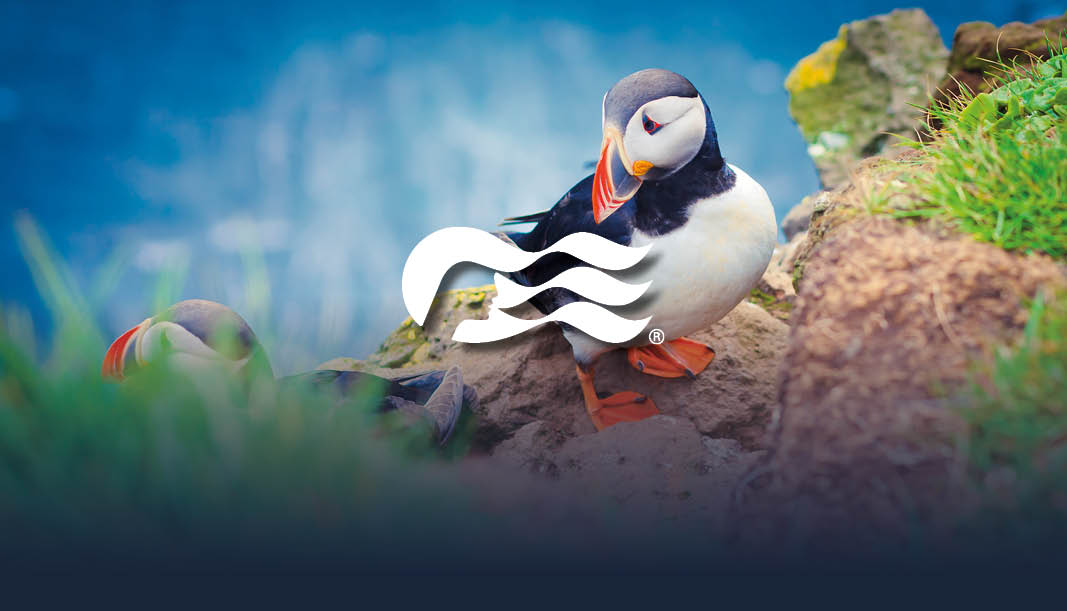ICELAND CRUISES
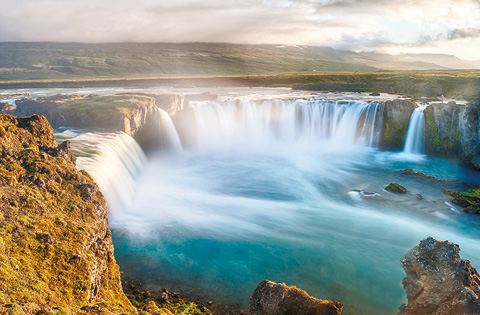
NATURAL SPLENDORS ABOUND
Natural attractions abound in Norway and Iceland, your gateway to dazzling fjords, waterfalls and black sand beaches.
Cruise the winding channels of Geiranger to the Seven Sisters waterfall, where currents plunge 800 feet down the sheer cliff.
Or take a dip in the rejuvenating waters of Reykjavik's Blue Lagoon.
Admire Mother Nature's masterpieces on some of our best cruises in Europe.
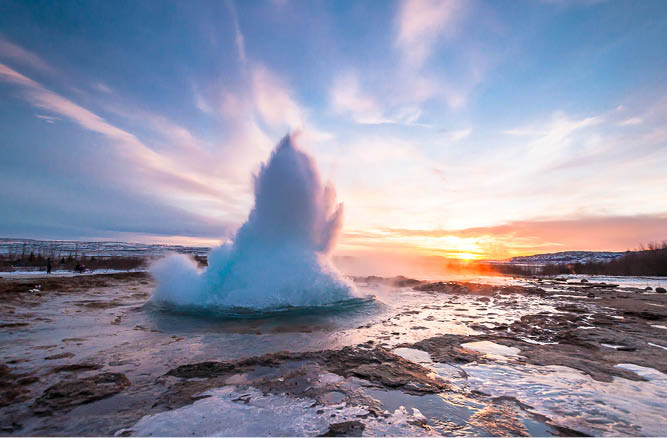
we recommend
- Admire the views from the ship as it makes its way through the Norwegian Fjords.
- Taking a dip in Iceland's Blue Lagoon
- Entering the Reykjavik Church, famous for its curious architecture
- Visit the most famous geysers
- Walk along the most impressive waterfalls of Iceland
- Admire the puffins that live in this area
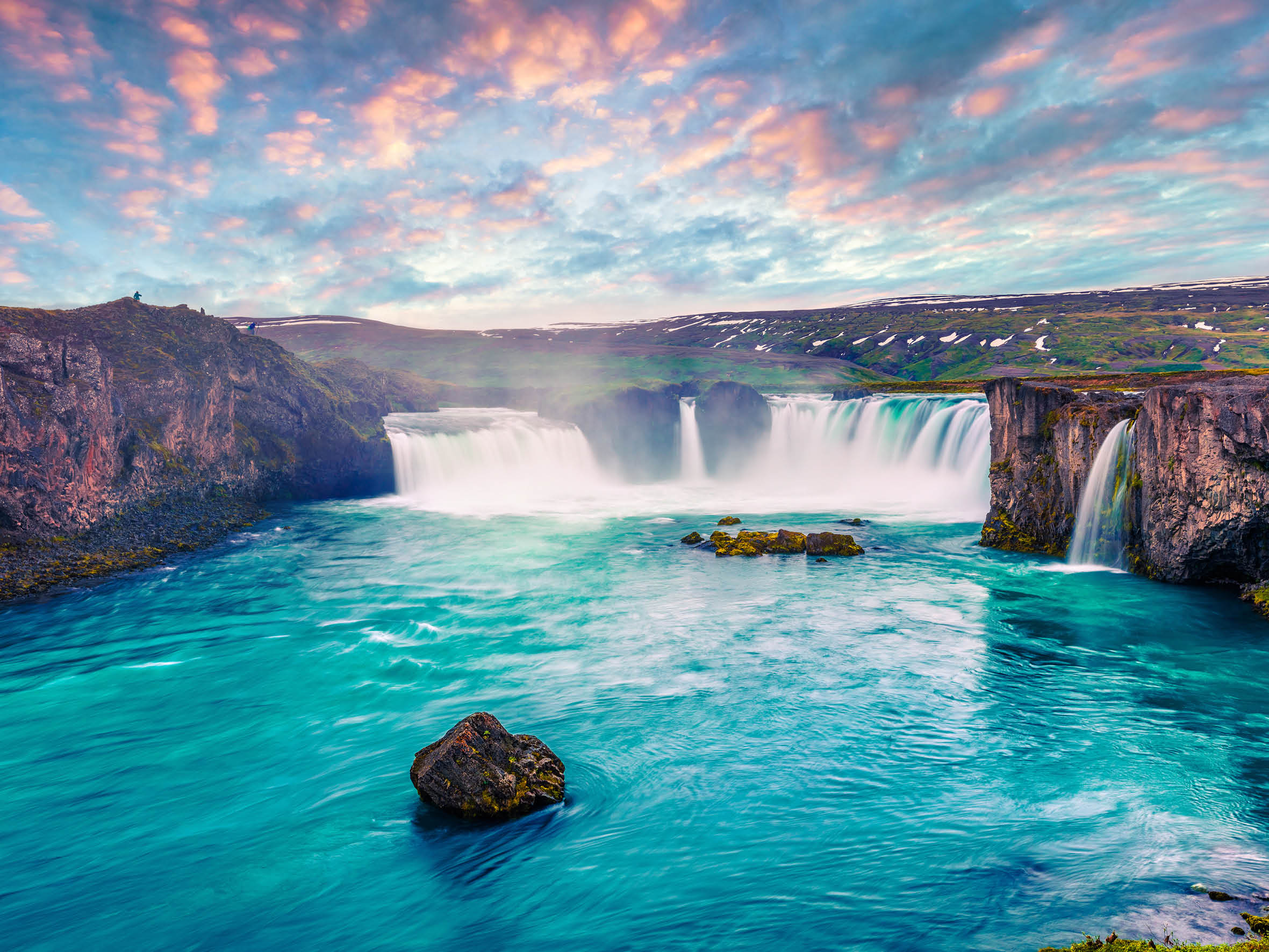
a PERFECT NATURAL DESTINATION
A great unknown in Northern Europe that is gaining more and more followers, full of magic, history and abundant nature.
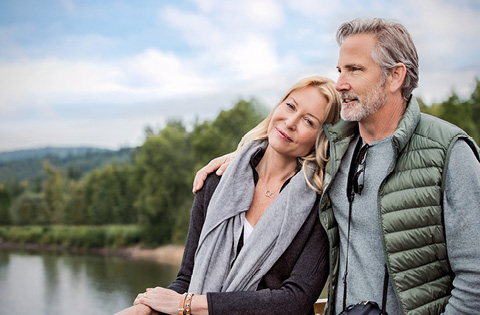
WHAT'S INCLUDED IN MY CRUISE?
- Breakfast, lunch, dinner and meals at any time.
- Iced tea, lemonade, unbottled water, varieties of tea and coffee.
- You will stay in comfortable cabins according to the category you have chosen.
- Entertainment and endless activities throughout the day and evening.
- Swimming pools, lounges, spa, casino, gym, disco, cinema under the stars and much more.
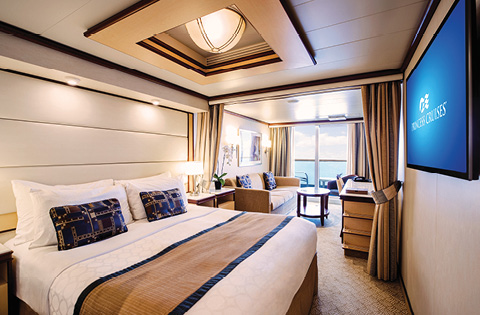
CHOOSE THE STATEROOM THAT BEST SUITS YOUR NEEDS
Mini-Suite, Balcony, Outside or Inside, all of our staterooms feature the following amenities:
- Princess Luxury Bed
- Mini-bar
- Flat screen television
- Bathroom with shower or bathtub
- 24-hour room service
- Premium bed and bath linens
- Brand-name toiletries
- In-room safe
